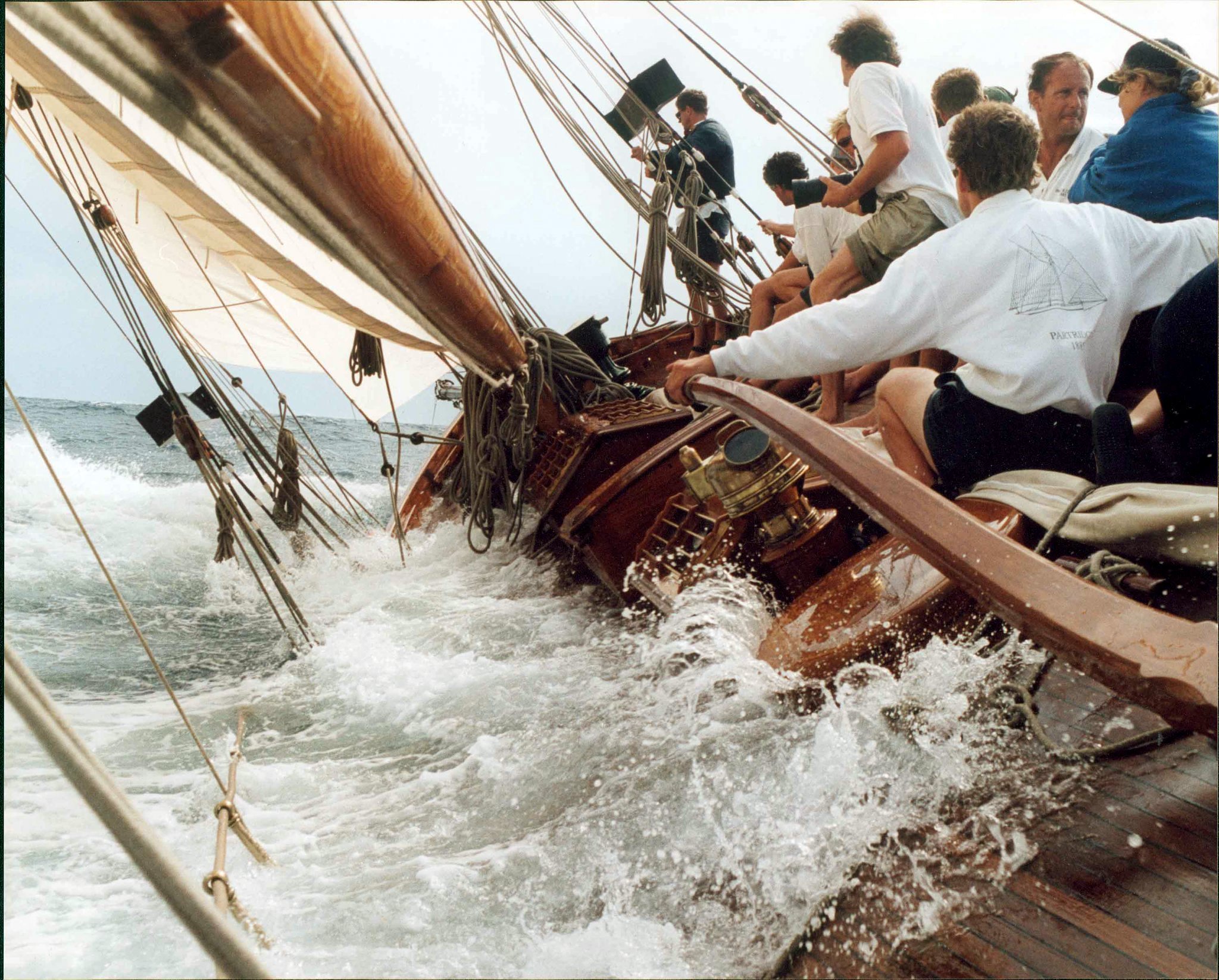Heeling is where a vessel tips sideways to some extent. The term is usually used in connection with the lean caused to a sailboat by the wind's force on the sails. A vessel may also heel if there is a greater load on one side than the other. This may happen if the cargo shifts or is not loaded correctly or if passengers or crew congregate on one side. In extreme cases, the vessel may lean so much that it overturns.
In sailing, heeling is a result of the force of wind on the sails. Some heeling is inherent in sailing; as the force of the wind is transferred into forward motion, any excess is transferred into sideways motion, some of which is slippage and some of which is heeling. A boat that has too much sail set so that it heels over beyond a certain angle will sail less efficiently.
When a boat is heeled, the center of effort changes. The center of effort is the pivot point of the sails and is related to the center of lateral resistance, which is below the waterline. One way to reduce heeling is to move the center of lateral resistance upwards by raising the centerboard or daggerboard. The boat will have less resistance below the waterline and consequently less heel. (This method does not apply to boats with fixed keels.)
Crew weight can be a factor on a small or light boat. If the helmsman and/or the crew shifts their weight to the upwind side of the boat, known as hiking, the centre of gravity will change as their body weight reduces the heel.
Sail trim is the primary cause of heeling; the most common way to reduce heeling is to reduce the amount of wind in the sails. There are several ways to accomplish this:
- “Spill” the wind by easing the sails
- Come up into the wind, thereby putting less wind in the sails
- Flatten the sails which reduces the force of the wind
Unbalanced helm is a byproduct of excess heel. The design of the sails and the hull of the boat combine to cause the boat to “head up” into the wind. As more force causes more heel, the boat “pulls” as it tries to head up, causing a difficult helm called weather helm. This condition is exacerbated by excess heel and measures put in place to reduce heel will reduce weather helm. Lee helm, the opposite of weather helm, is actually corrected by some additional heel, one of the few cases in which excess heel is beneficial.
source: wikipedia
photo: Cutter Partridge


